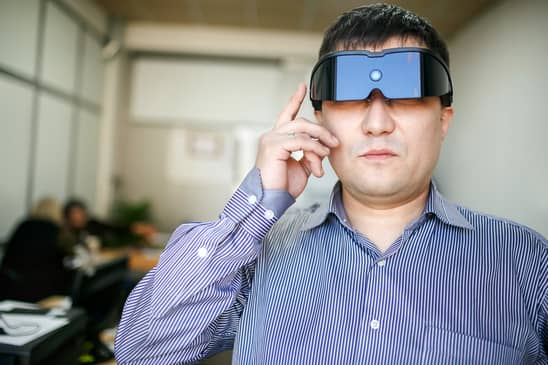The future of tech marketing video is closer than you think

Perhaps the most powerful driver of “digital transformation” has been the smart phone. And perhaps the most notable “transformation” as been the rise of video as a tool for discussion and social interaction. In a wide-ranging report, The Future of Video, Feng Li of London’s Cass Business School, writes that “video is not simply an […]
Does Virtual Reality have a place in IT marketing videos?

In some ways VR is just another kind of video. In many ways, it isn't. But what might be its role in IT marketing videos?
I’ve always thought of making IT marketing videos as a semi-journalistic exercise — there’s no pretense as to objectivity, but the video certainly ought to communicate something true and worth knowing about. I recently attended a panel discussion at the New York Times on the future of virtual reality in traditional journalism. The Times preemptively grabbed the leadership […]

